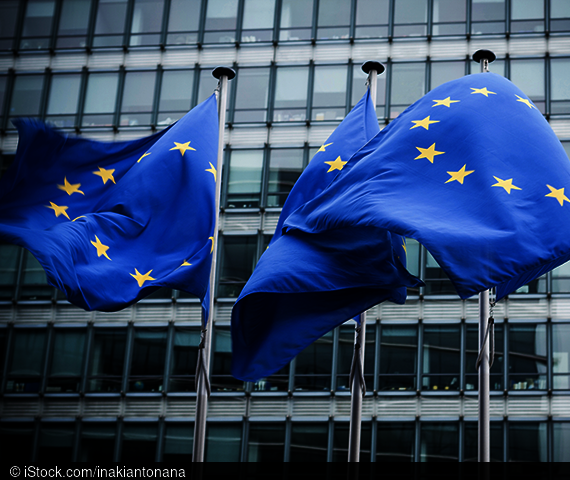EU Budget
ResearchNet Operating Balances Are No Indicator for European Added Value
At the centre of the debate about the possible expansion and restructuring of the EU budget lies the distinction between net contributors and recipients among EU Member States. Even though the concept of net operating balances is by no means suitable for reflecting the added value of the EU as a whole or for its Member States, these annual indicators still receive much political attention. ZEW Mannheim, on behalf of the European Parliament and together with the European Policy Centre, discusses the main points of criticism regarding the net operating balance concept, and possible alternatives for it.
The net operating balance for individual EU Member States is defined as the difference between what a Member State pays into the EU budget and what it receives through one of the EU funding instruments (such as the Cohesion Fund or Horizon 2020). It is therefore essentially an accounting figure. The net operating balance perspective also implicitly assumes that national advantages and disadvantages of the EU budget balance each other out like a zero-sum game. Yet this approach, where the budget is primarily used as an instrument for fiscal redistribution, strongly contradicts the idea of an EU budget that creates EU added value.
EU net operating balances unfit for reflecting EU added value
Three aspects of the net operating balances concept are problematic. For one, some EU budget expenditure cannot objectively be attributed to individual Member States such that it is no longer included in the budget calculation – and yet, Member States profit from this manoeuvre. Examples here are payments to third countries which lead to more trade and lower migration pressure, and common administrative expenditure which via economies of scale ends up being far more efficient than if each Member State were to maintain their own national administration. The newly set up UK Ministry of Trade demonstrates these additional costs from “non-Europe”.
Secondly, positive effects of EU projects are not limited to their recipient countries. Infrastructure projects, for example, are partly carried out with the help of workers from other European countries, leading to an increased volume of trade between these EU states via “second-order” effects. EU research funds also lead to innovation and knowledge spillovers which extend far beyond national borders.
Thirdly, the EU generates benefits for its Member States independently of the EU’s core budget – benefits which are not reflected in the net operating balances. Examples include the single market, a single currency, and hedging and support instruments such as the European Stability Mechanism (ESM) or the European Investment Bank (EIB).
Three briefings prepared by ZEW Mannheim and the European Policy Centre for the European Parliament provide an overview of the most important points of criticism regarding the net operating balance perspective. The first briefing focuses on the net operating balance concept itself, explaining what it can achieve; the second briefing looks in more detail at the factors which are not covered by the net operating balances (despite their EU added value); and the third briefing presents current alternatives for designing the net operating balance concept.


